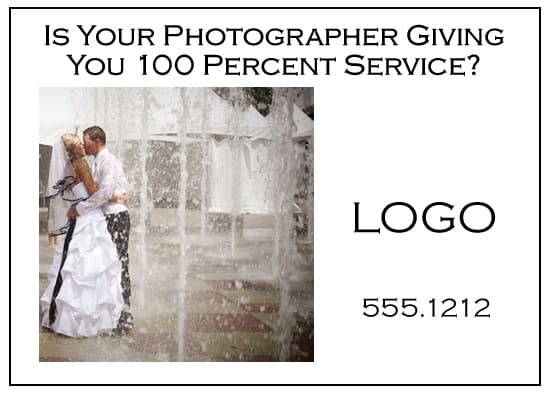It’s all diff’rent strokes for diff’rent folks when it comes to image usage and propagation online: while some photographers are happy to have their work featured on Tumblr, Facebook, various blogs, and media outlets, others are less than excited about it. Today’s post is for those who fall in the latter category, rather than the former. It’s here to teach you how to use Google reverse image search, in order to find your pictures all over the web. Perhaps you’re not happy with not being credited, or maybe your image is used in a context you don’t want to be associated with. Whatever your reasons may be, here’s the way to find those pictures and prevent further occurrences from happening.
How to start the Google reverse image search
Image search is a service provided by search engine giant Google, in order to help others find specific photos online; conversely, the Google reverse image search is what you do when you have the image already, but want to know who else has it and has been using it. There are two ways to start your Google reverse image search: one is by uploading your photo into the Google images search bar, and the other is by copying the photo’s original URL (say, off your own blog or website) and pasting into the search bar. As far as the first option goes, you can also simply drag and drop the image into the search bar, if you find this easier.
The Google reverse image search results
Photo via Photo Shelter
The results that Google reverse image search delivers look much like a collage of visually similar pictures. Note that they may not all be precise and exact matches of your photo. However, chances are you will come across websites that have been using the photo without your explicit authorization. Another great feature that Google delivers at this point is a brief text-based description of your photo and the context in which it’s being used. Perhaps yours is not so much a case of being offended by ‘photo theft’, but maybe the website owner or blogger that’s featuring your work has misspelled your name or attributed the image to someone else by mistake. This feature will allow you to identify such errors and contact the people in question, to ask them to amend the issue. You can also use the advanced image search page to find your work online. Google can help you specify various words your photo might be used in context with. It will let you whittle down the results by image size, aspect ratio, colors, type, usage rights, and many other filters.
More Google reverse image search tips & tricks
– Search for as many different variants of the same photo, even if the differences between them and the original picture are subtle – especially if you’ve uploaded more than one version of the same photo online. Some might be cropped differently or uploaded in other color schemes.
– You might find your work online edited by third parties: cropped, rotated, in black and white, etc.. Try searching for differently Photoshopped variants of your own work by creating these variations yourself.
– Don’t disregard smaller sizes of your image. Perhaps someone has resized an initially large photo and is using it as such. Google has a harder time spotting visually similar images in smaller sizes, because, the smaller the photo, the less data it has to work with. Resize the photos yourself and look for them like this.
In terms of what you decide to do with the results, the choice is entirely up to you. It all has to do with the way you license your work and whether or not the people using the pictures are making money off your back – case in which you might even decide to prosecute for copyright infringement.


















